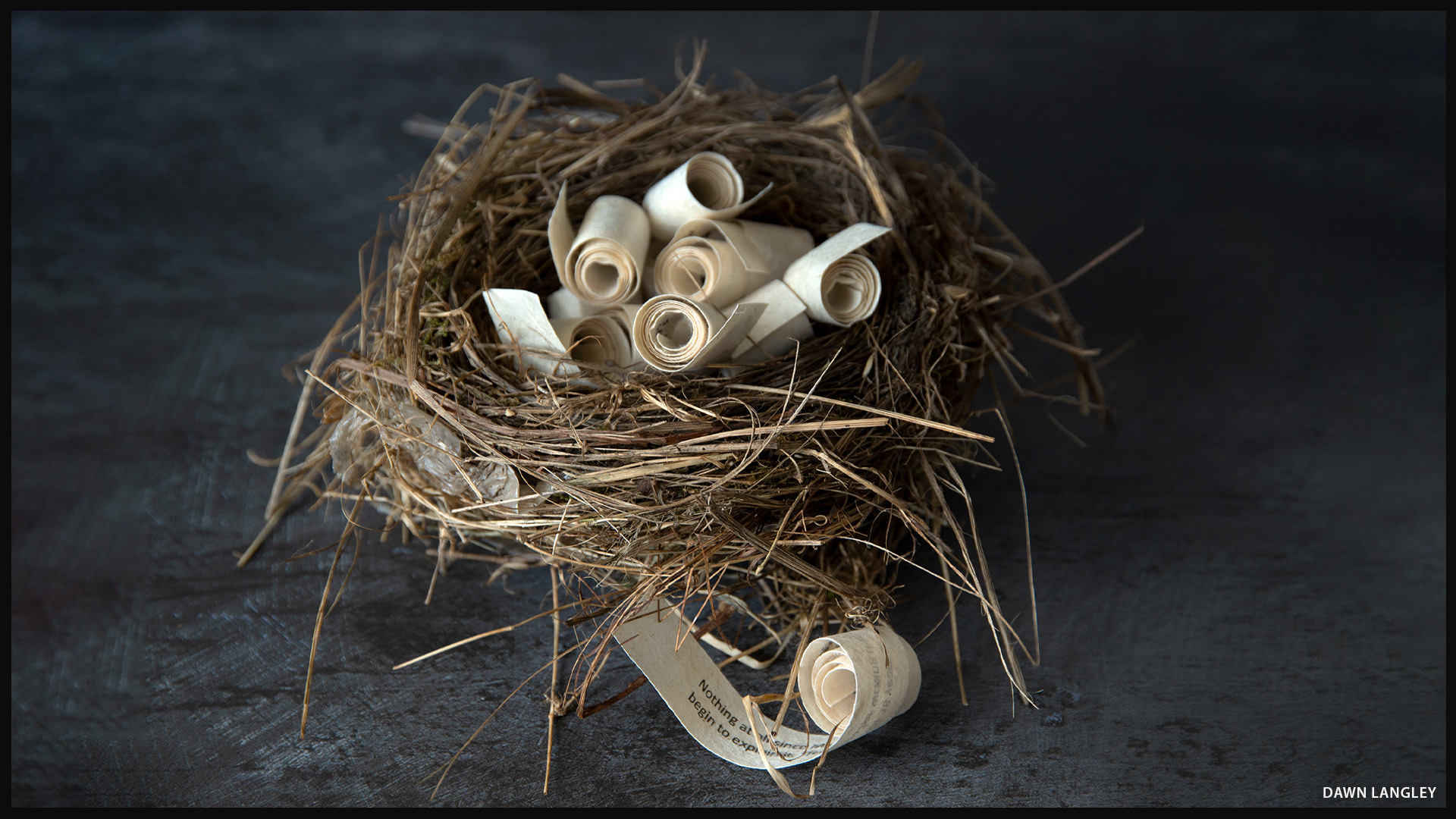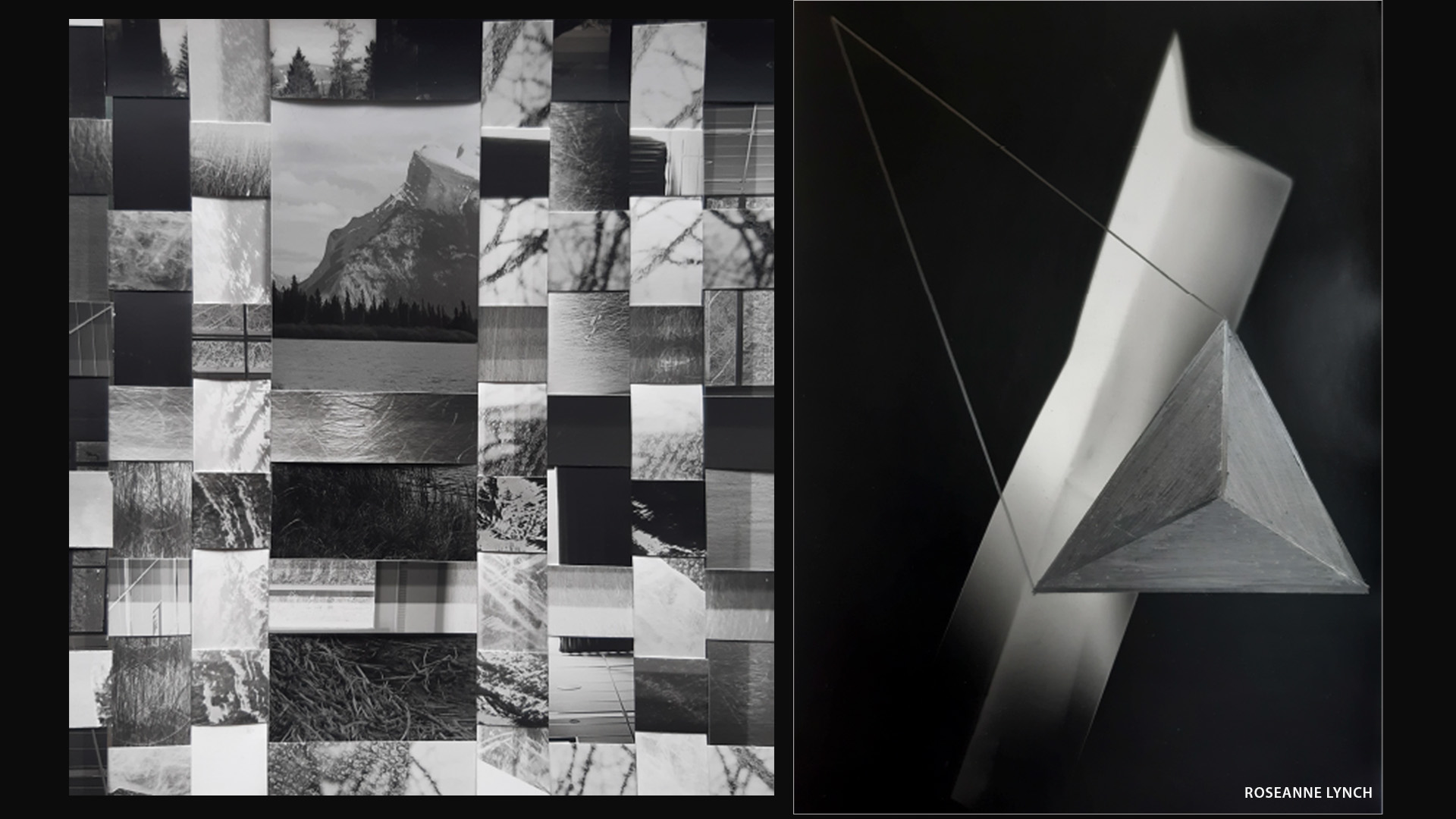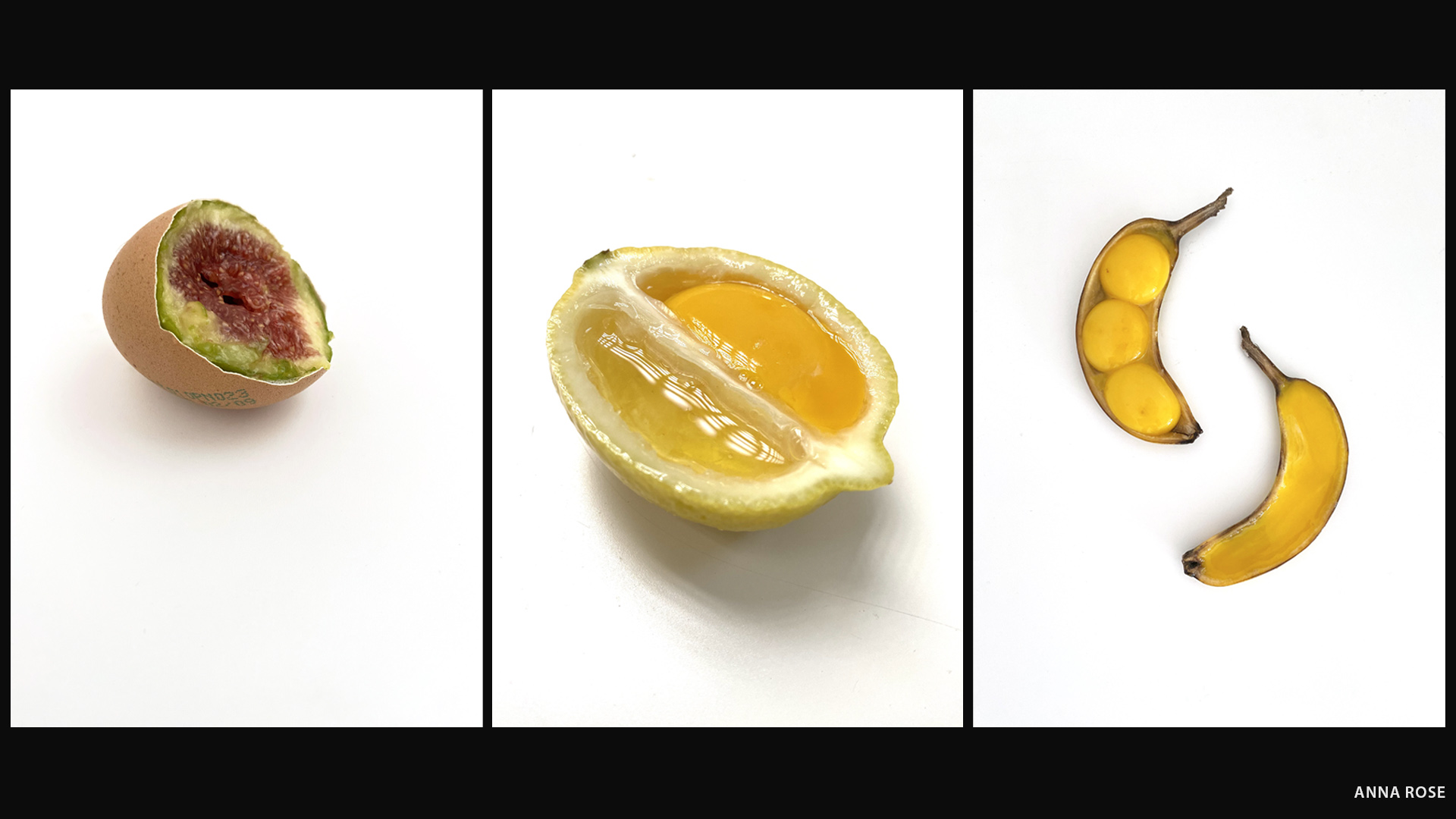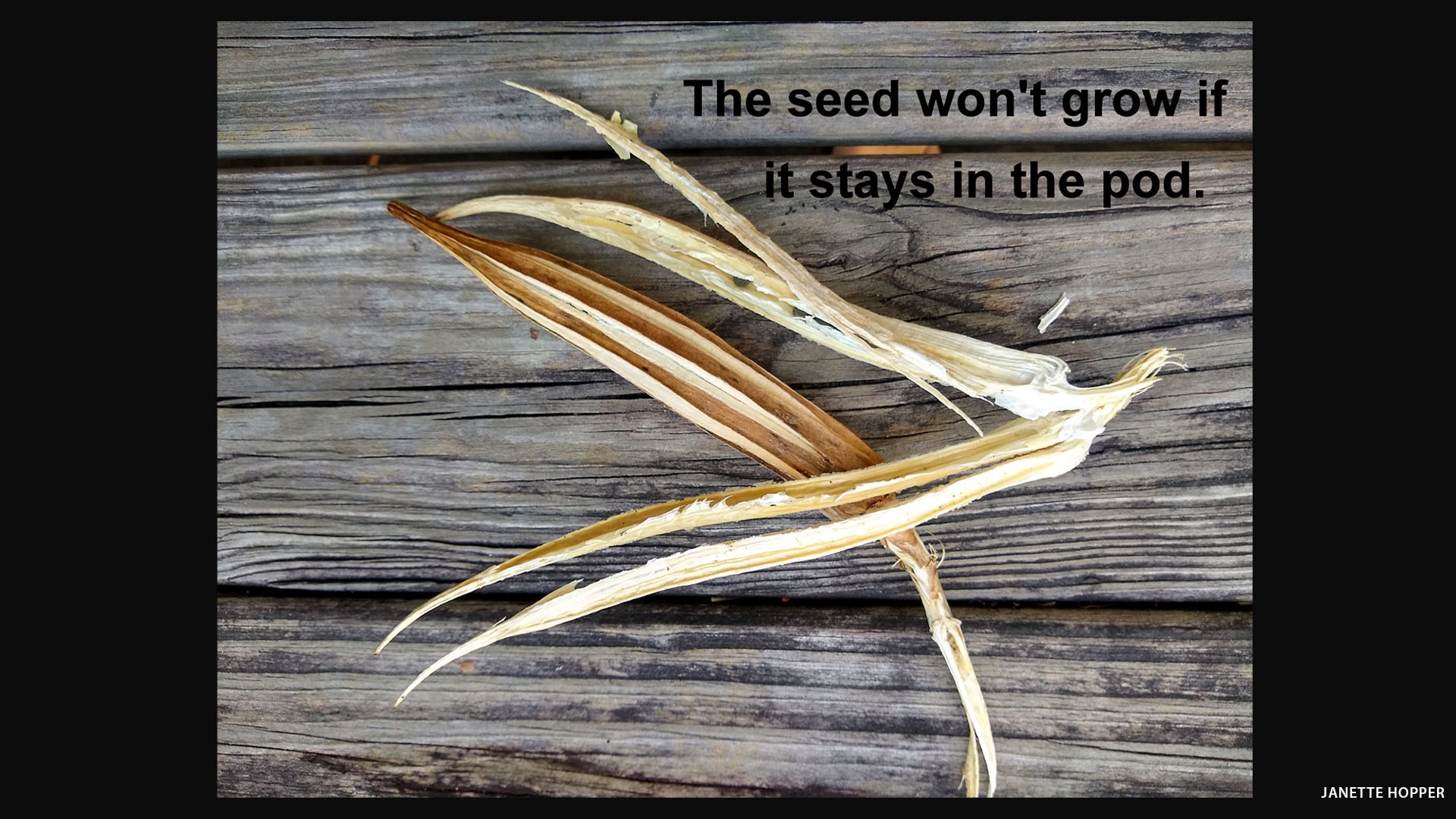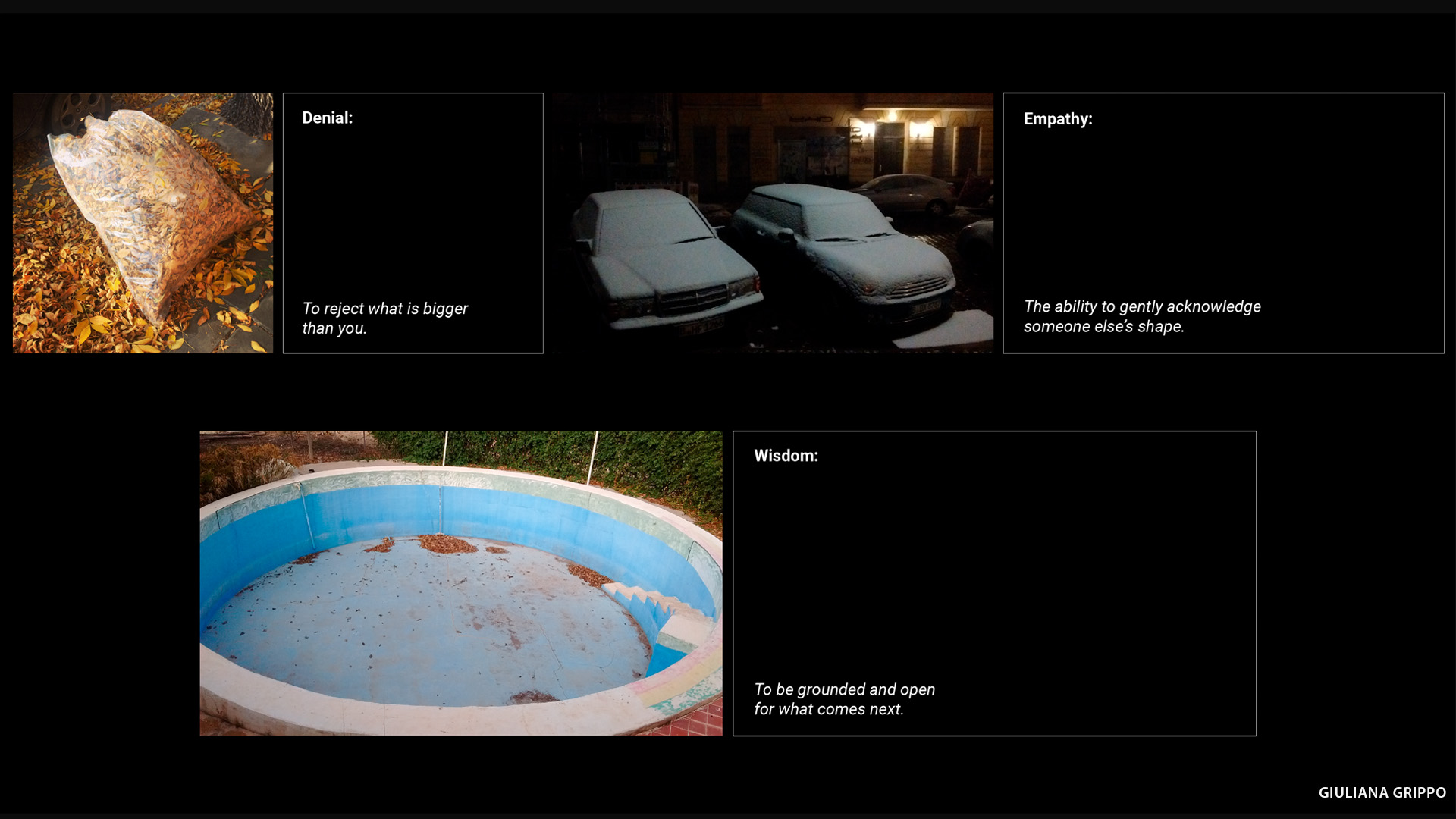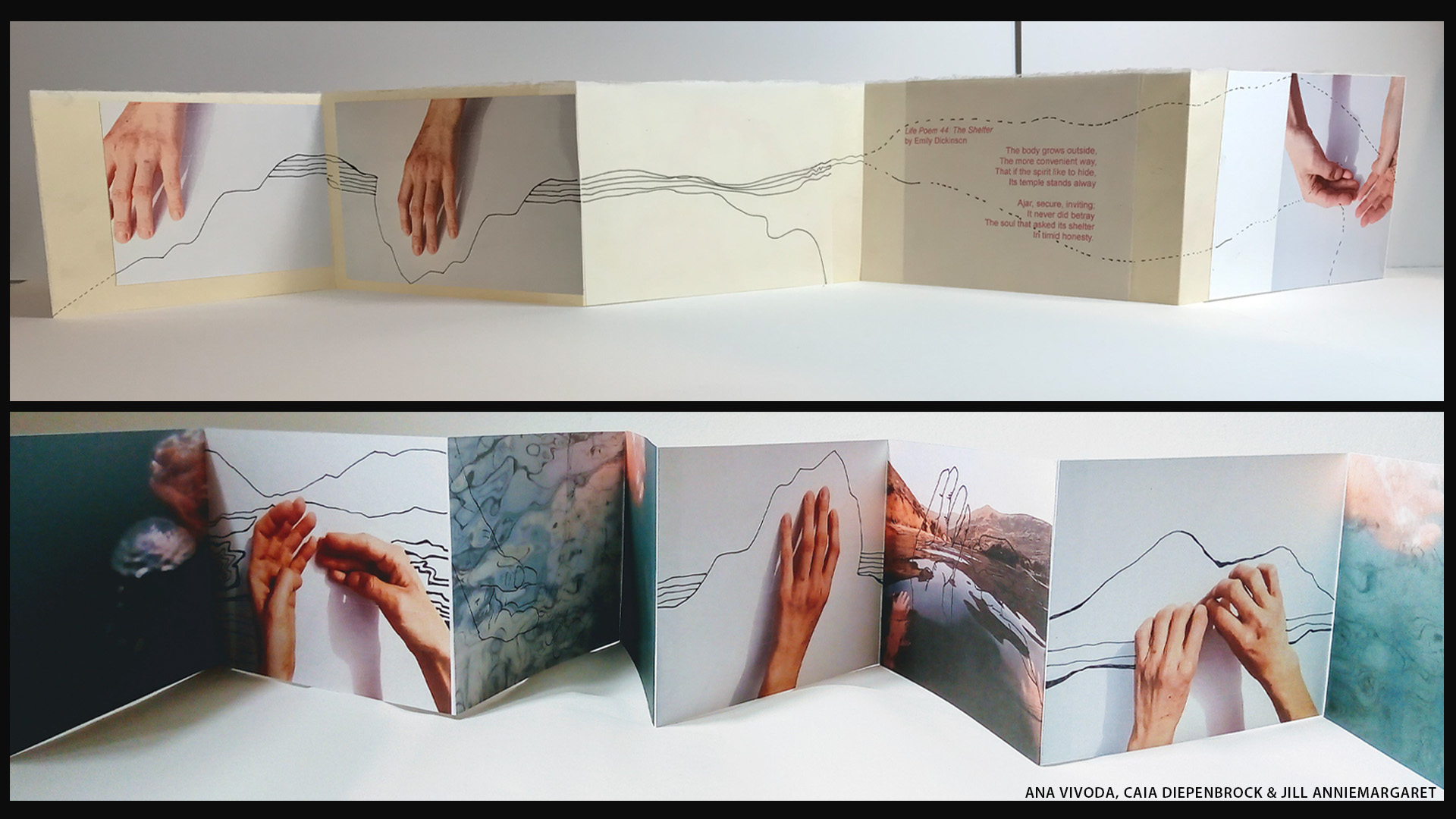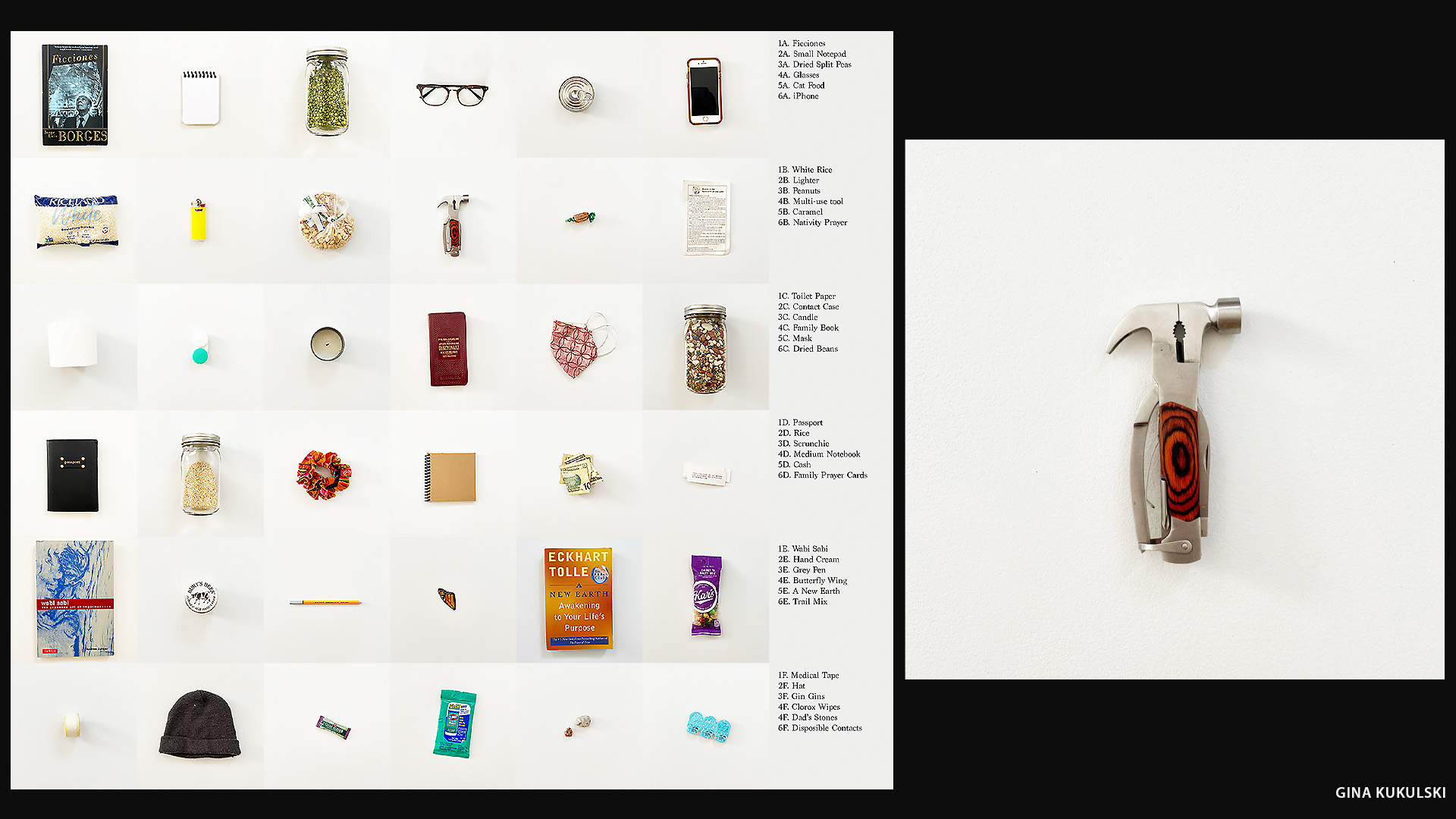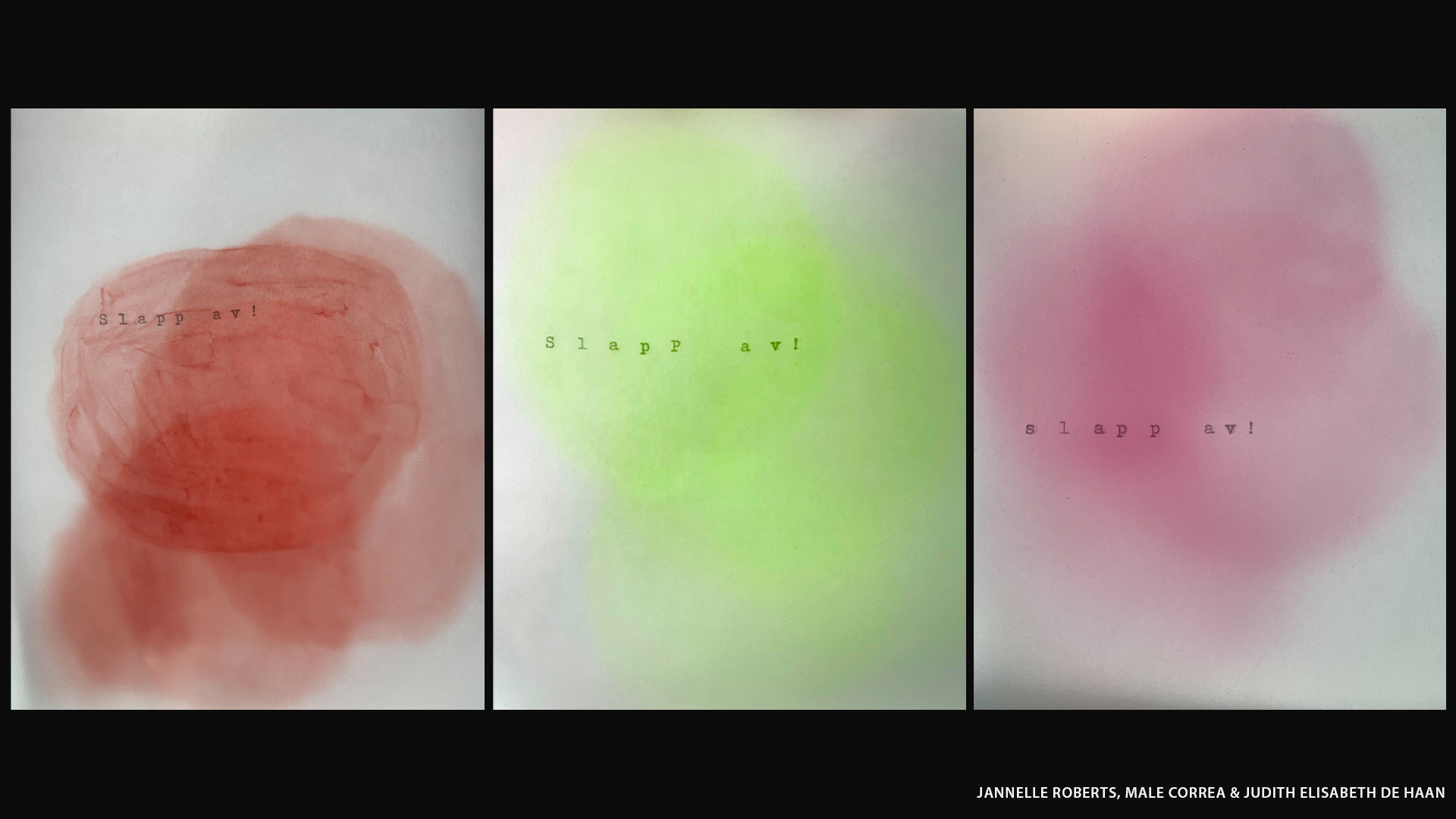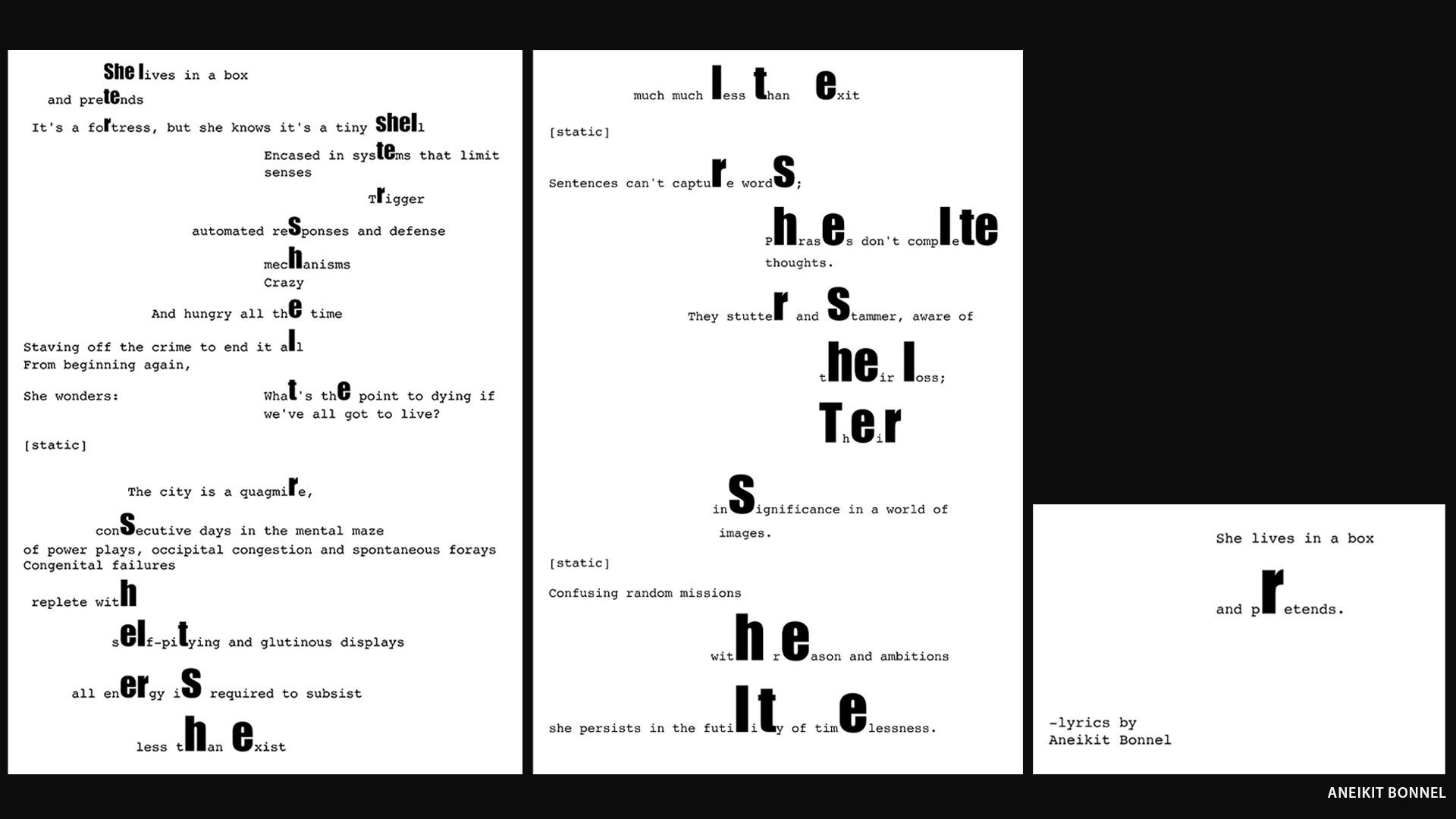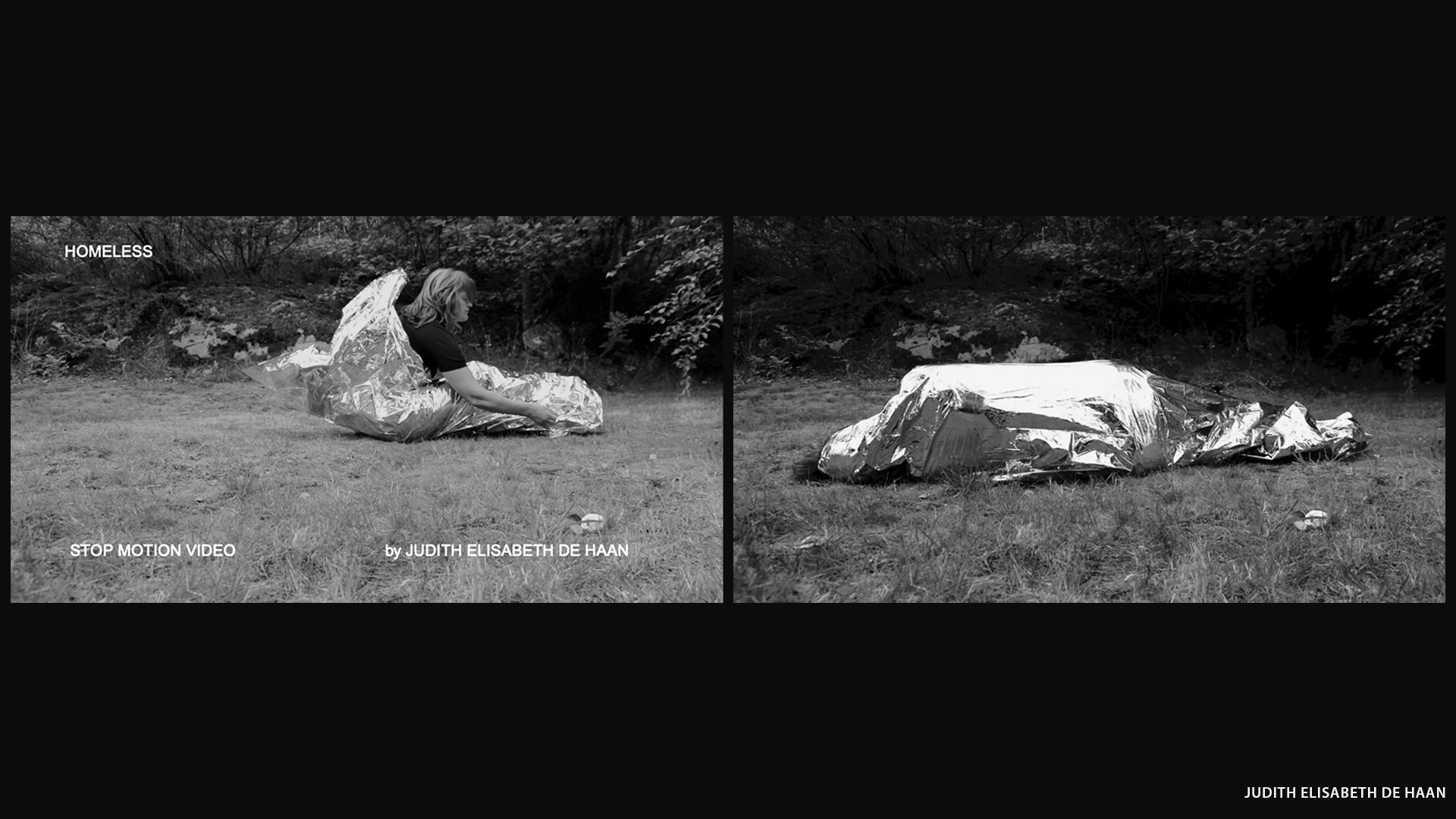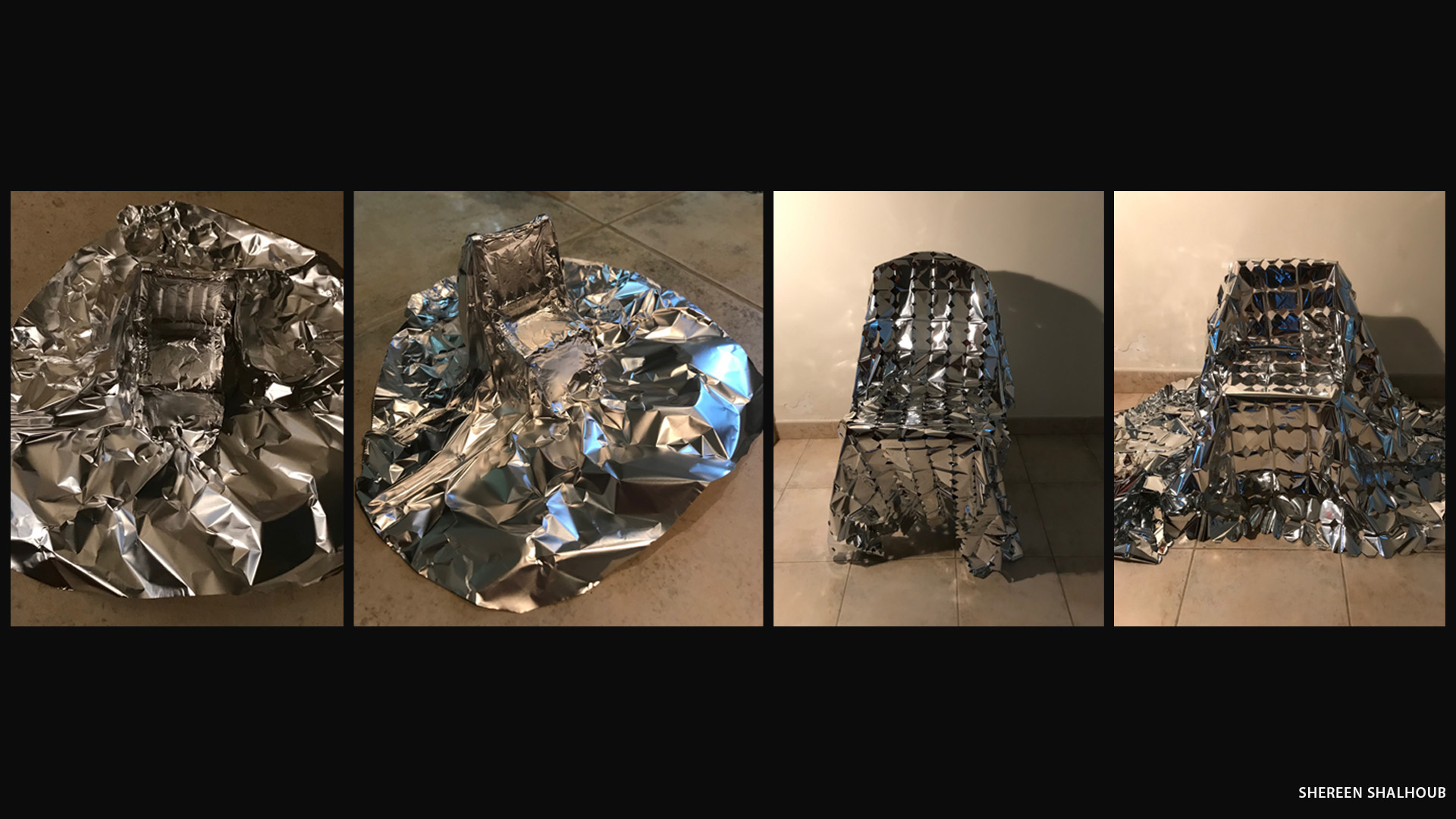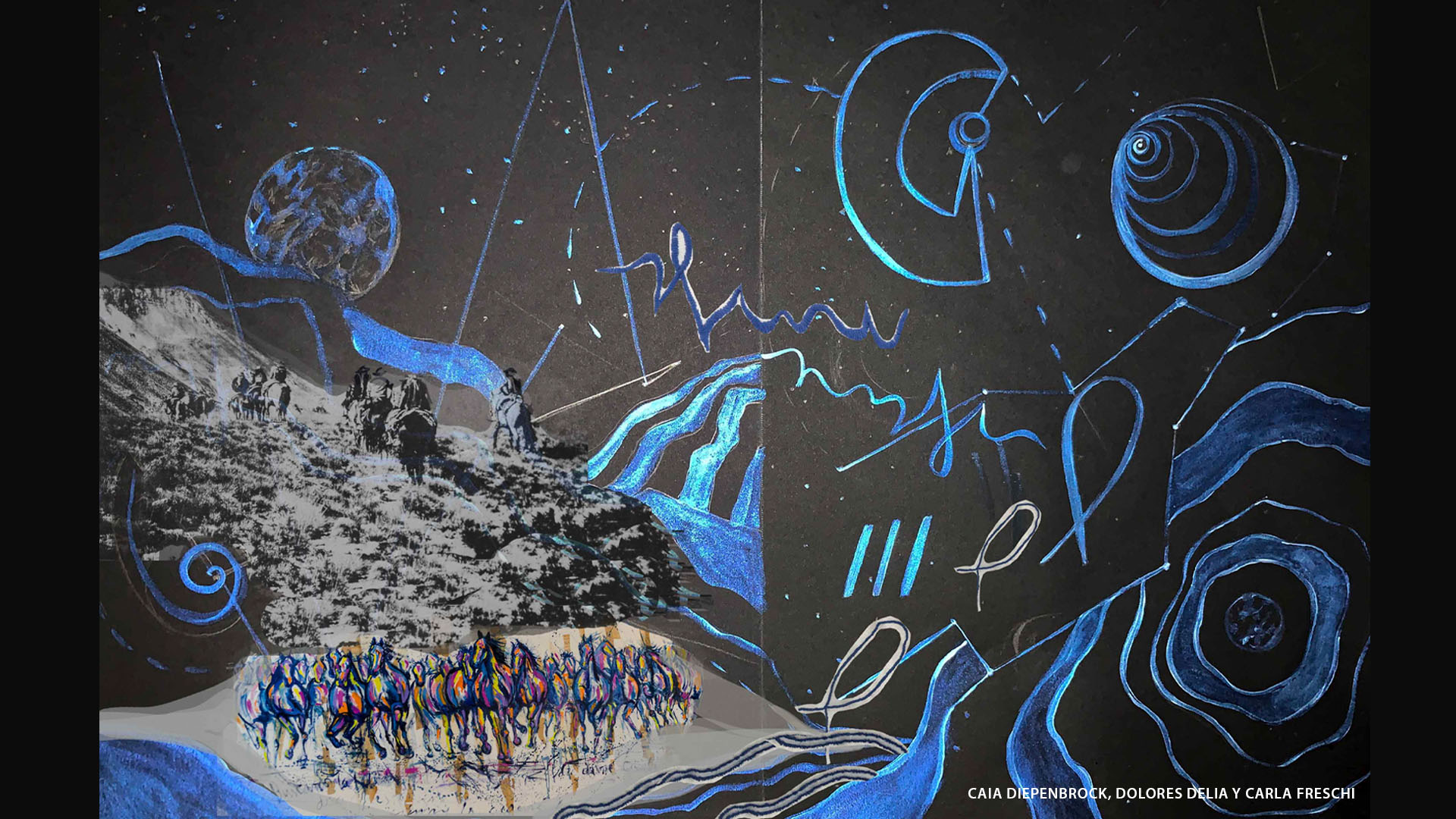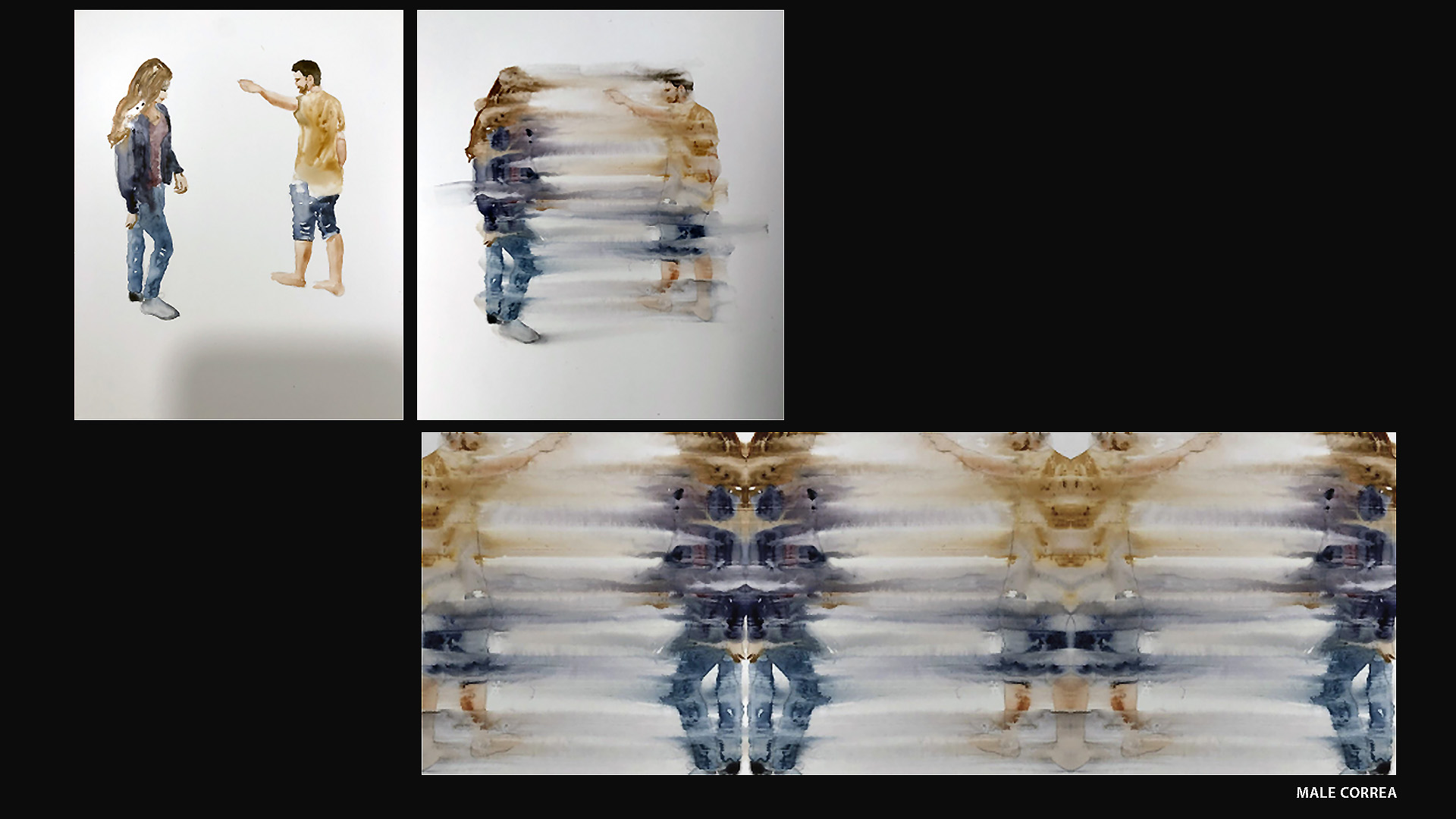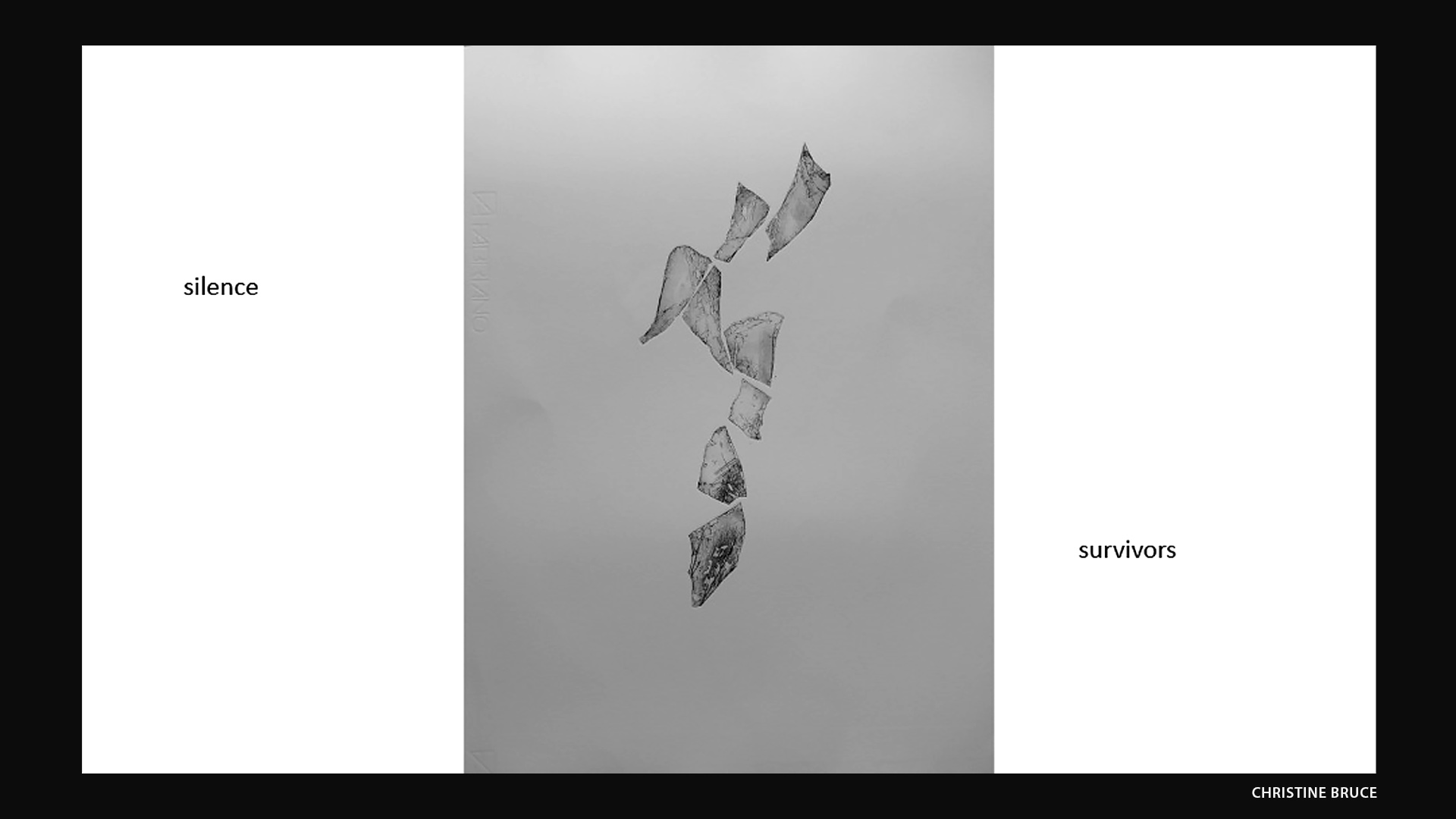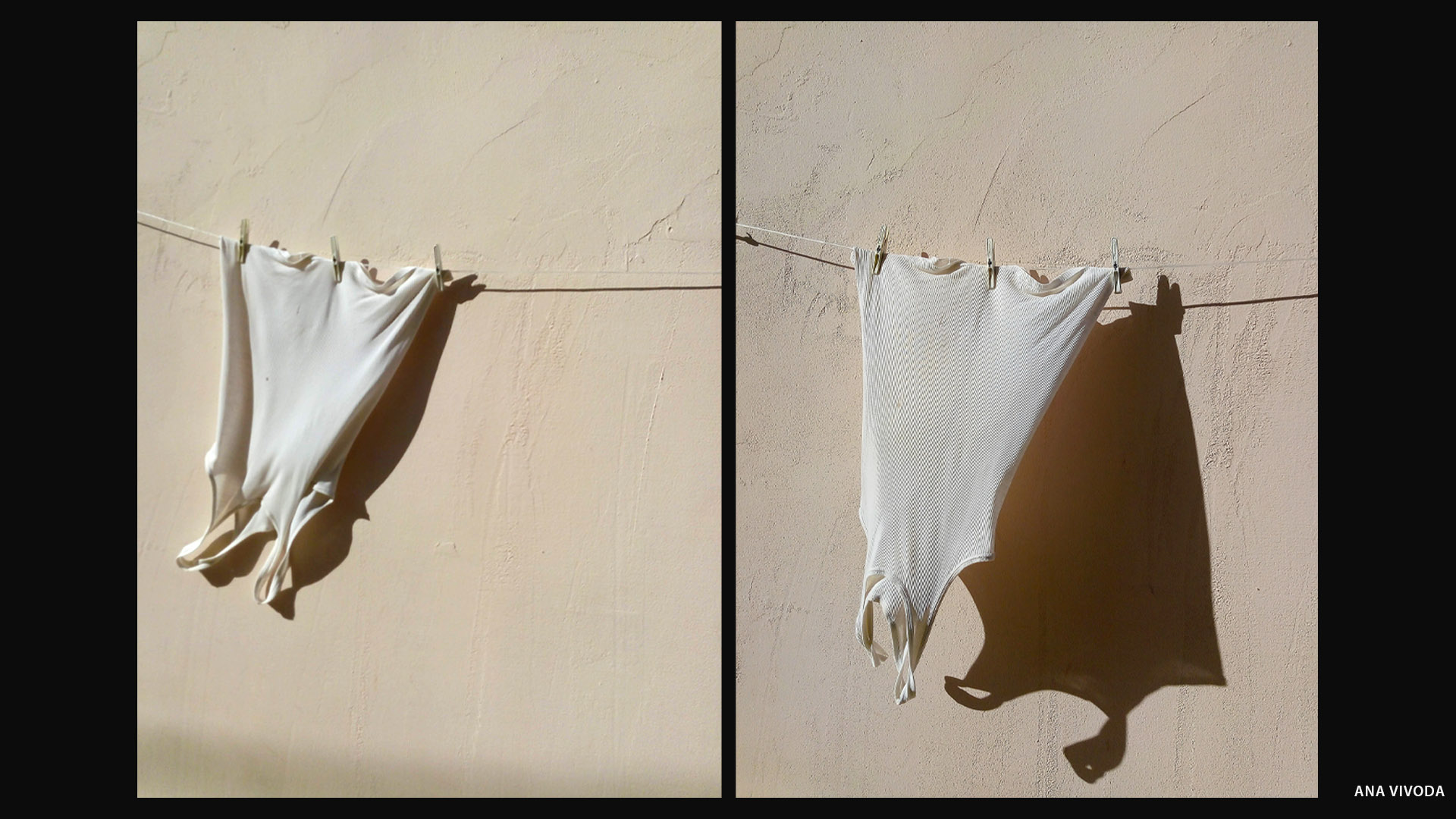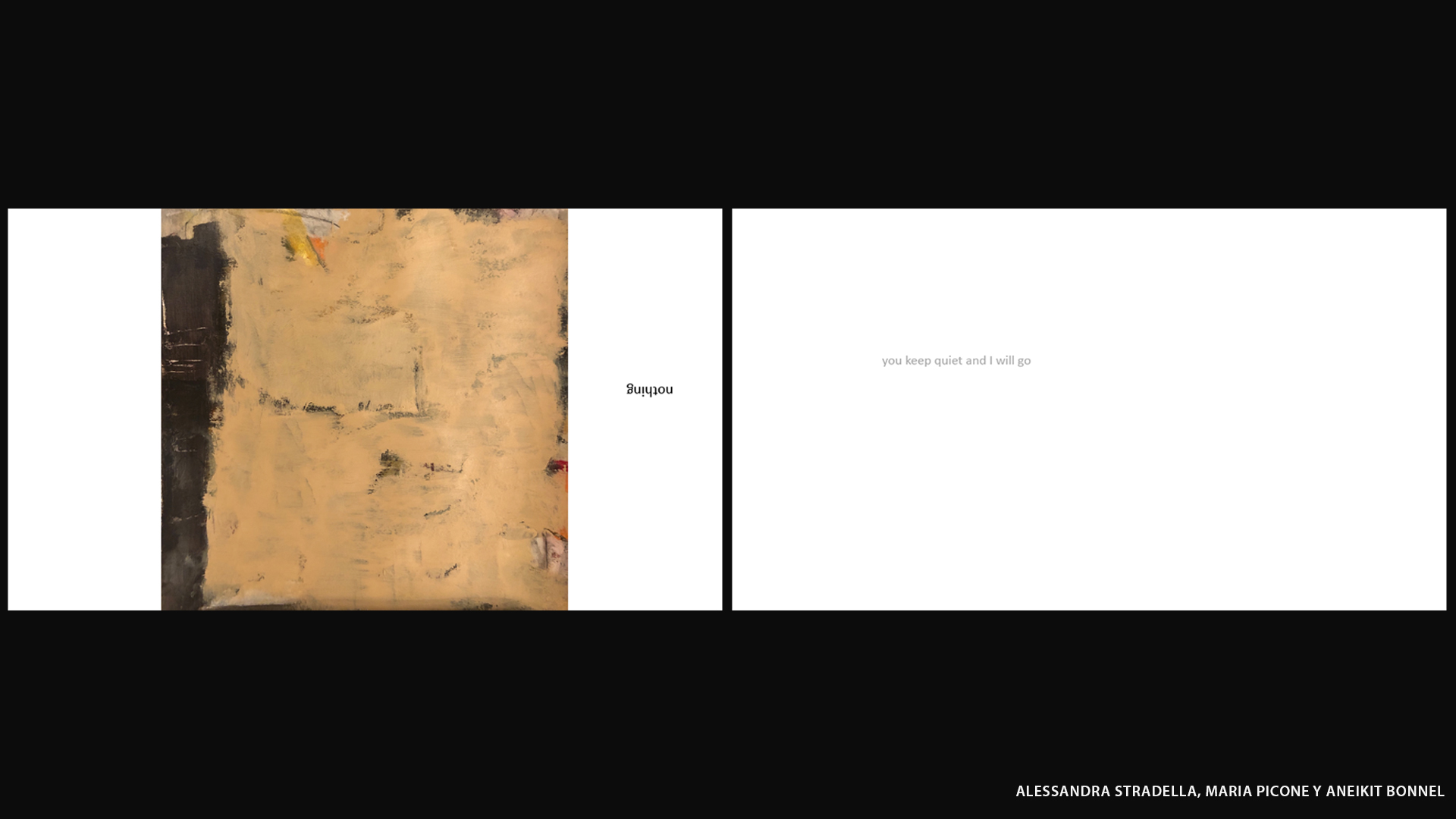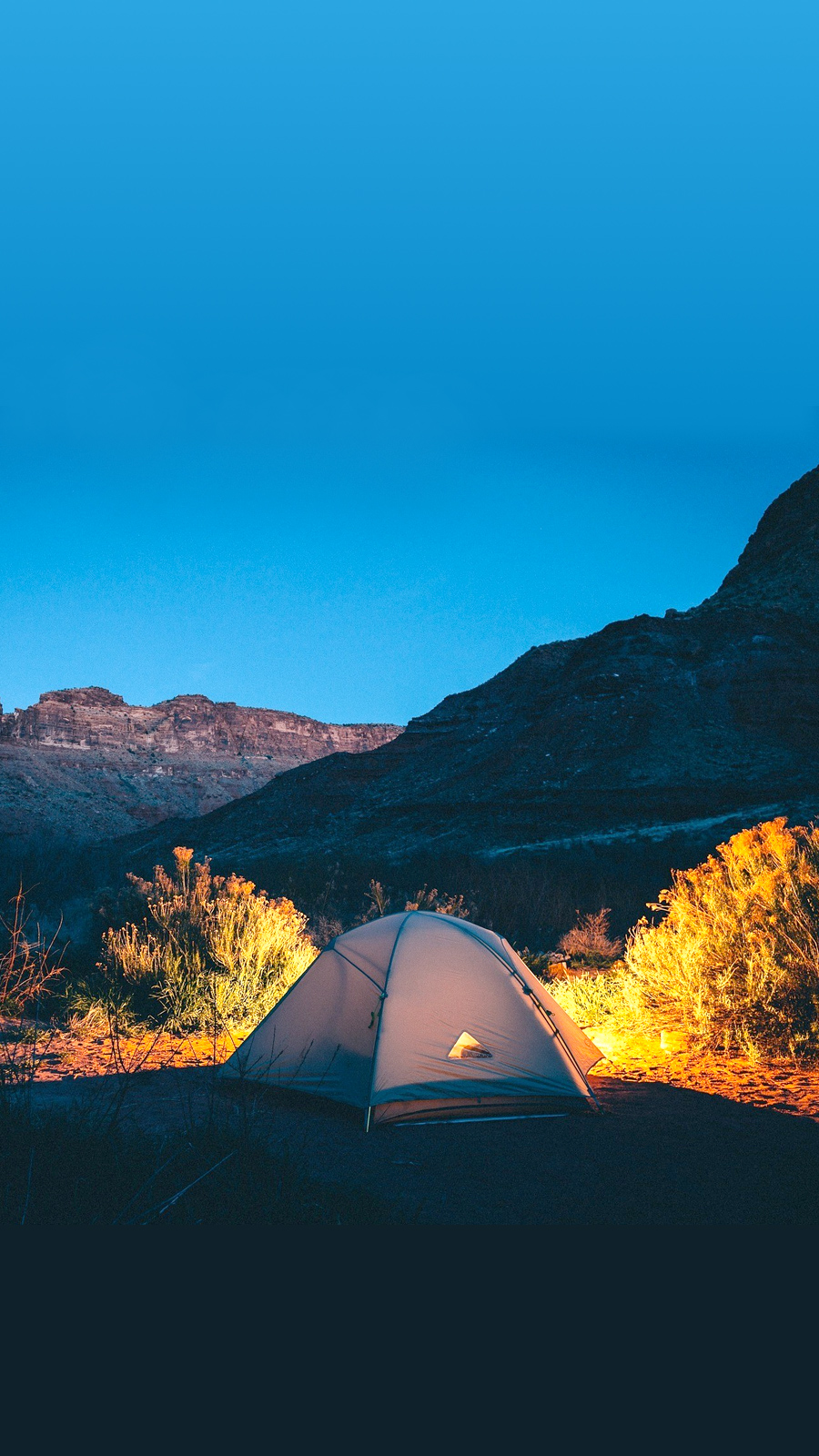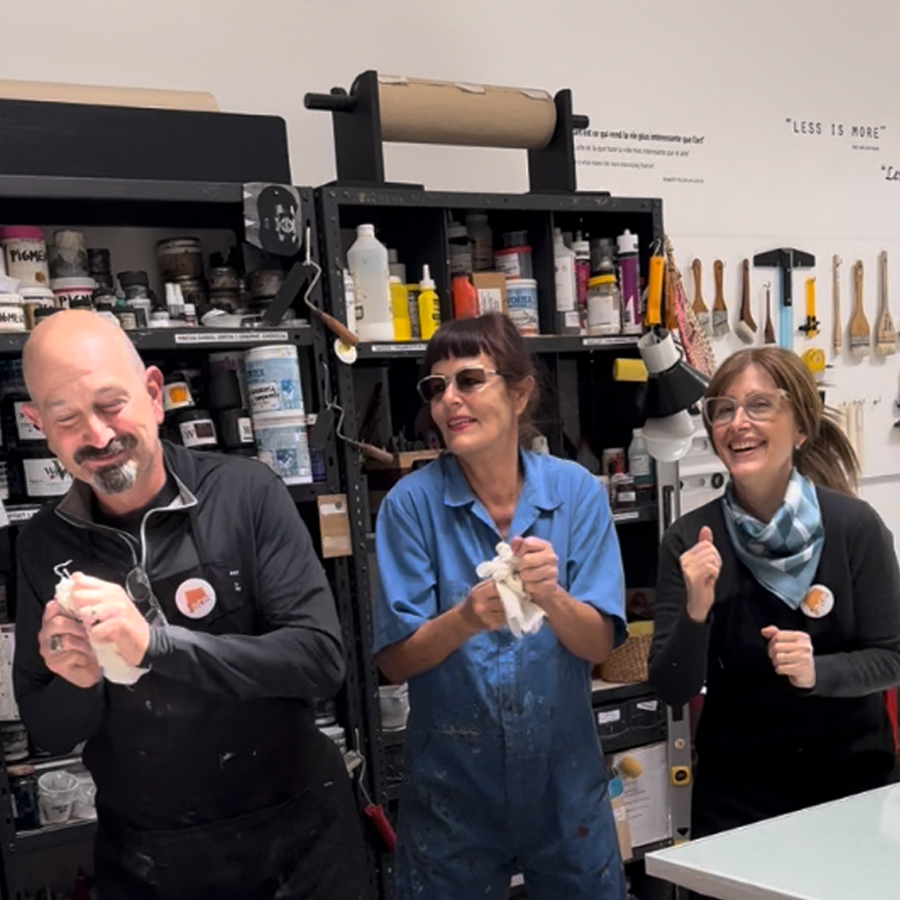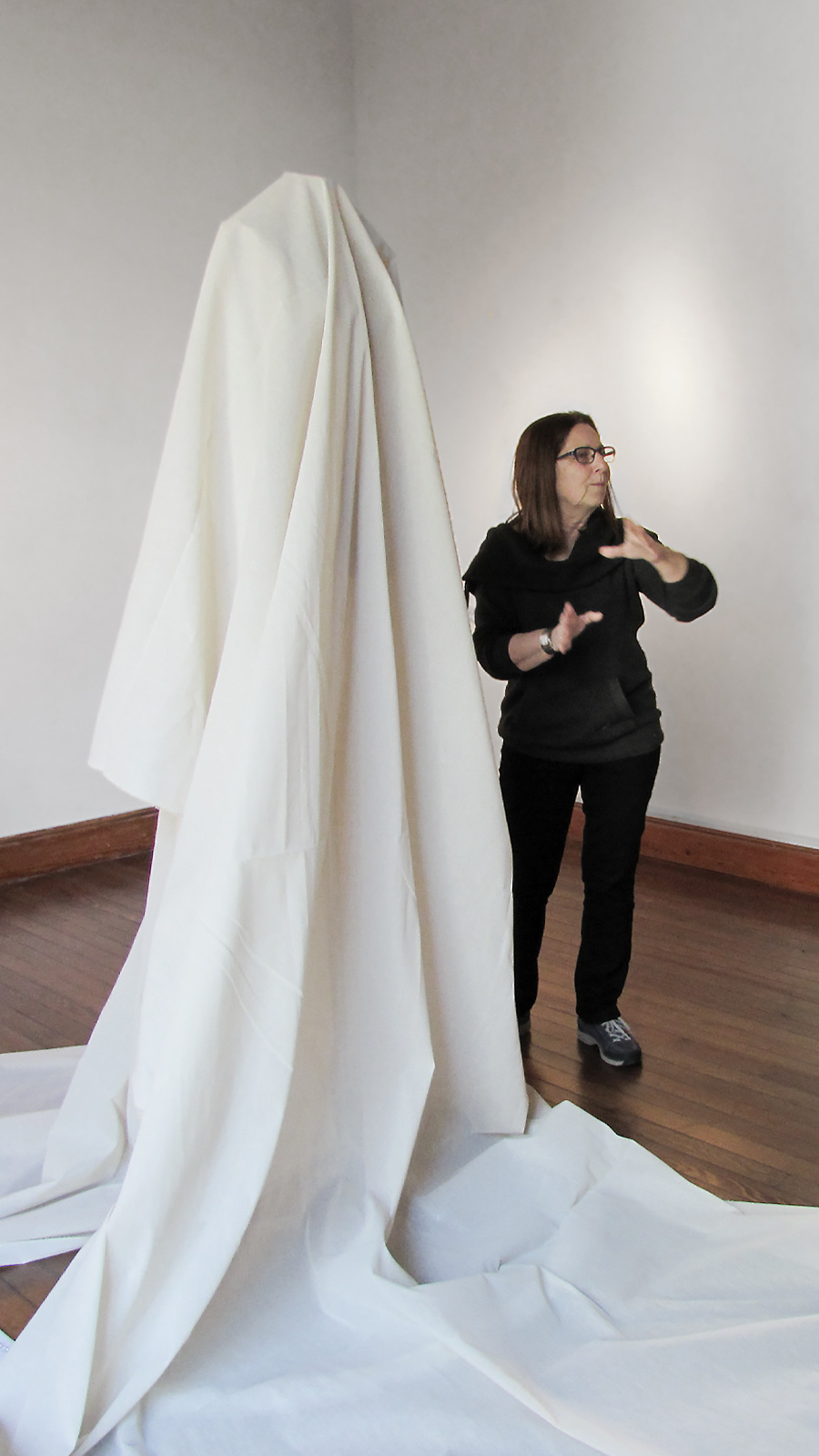Artists
Argentina
Carla Freschi
Together Apart: #Shelter
19.08.20 09.09.20
Coming from a background in fashion design, I always struggled against the fact of being perceived as frivolous on first impression. Nevertheless, fashion and textiles have always played an important role in everyone’s life. Furthermore, they have always been used to express our individuality by means of shape and color. Even those who claim not to care and just ‘throw some clothes on’, are in fact saying something about themselves as well.
Textiles are not only used for self-expression but also as protective devices: e.g. kids wear superhero capes in order to feel invincible and adults wear specific garments as lucky charms for an exam or an interview. Consequently, reflecting upon these issues within a quarantine context, I then wonder what my shelter is. I can think of the times when I was a kid and I had a small pillowcase I could not sleep without. I remember its soness against my face and my irrational need of it to fall asleep. Later on, during my teenage years, I used fashion as a shield and the clothes I wore were a tool to be perceived as I wanted to. Nowadays, I choose my art as my shelter and while some people meditate, I embroider.
CARLA ABOUT TOGETHER APART: #SHELTER
Based on the concept of shelter, I jumped into the unknown exploring new platforms, putting aside the canvas. Isn’t that ironic? Searching as an individual and as a group through virtual collaboration, we built new narratives and meanings. During this residence, I questioned myself what ‘shelter’ meant to me along the years and what ‘shelter’ will mean from now on to all of us.
BIO
Carla Freschi
Buenos Aires, Argentina
STUDIES
2017 | Business Certificate, Australian Pacific College
2015 | Visual Merchandising certificate, Espacio Buenos Aires
2014 | BA Fashion Designer, Universidad de Buenos Aires
EXHIBITIONS
march 2021 | Metropolitan Pavilion, Affordable Art Fair, New York, United States
2019 | Grapa Exhibition, Centro Cultural Borges, Buenos Aires, Argentina
2019 | 100 Women x Women, Milo Lockett’s Gallery, Buenos Aires, Argentina
2019 | Bada Exhibition, La Rural, Buenos Aires, Argentina
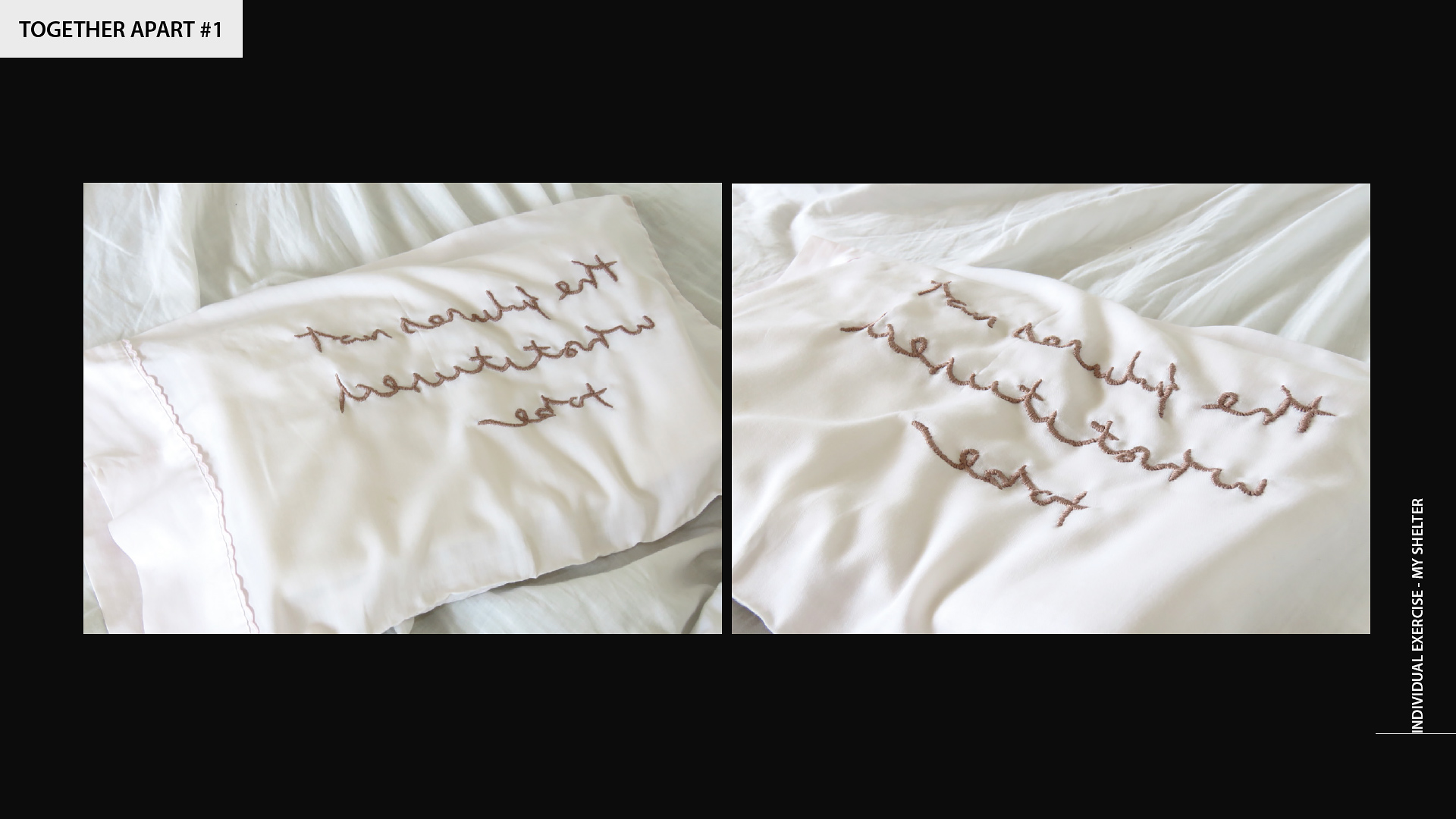
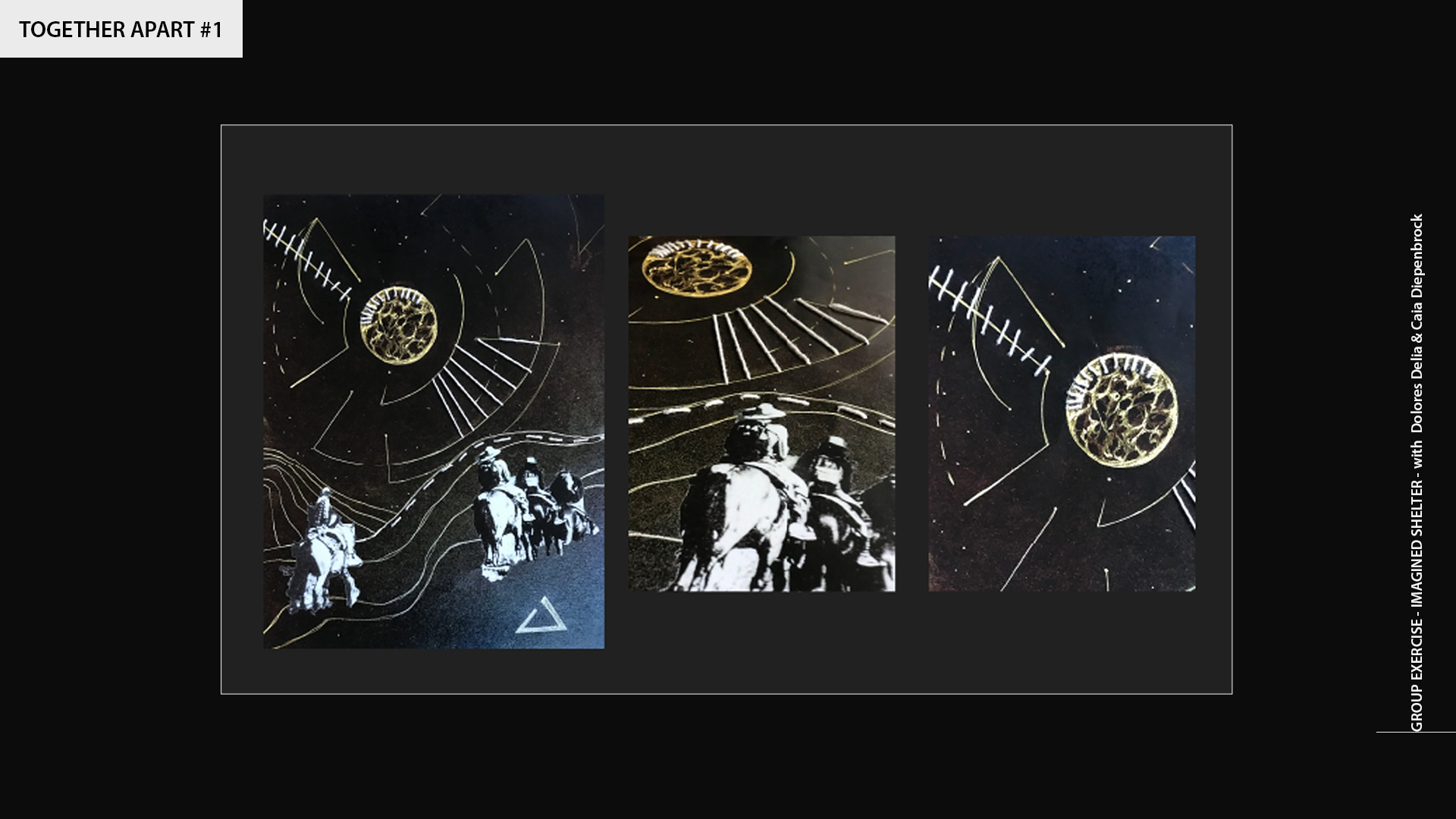
Related Activities
Exhibitions, Together Apart
#1 | SHELTER: results
Artists in dialogue
16.12.20
During 2020, we carried out the first two sessions of Together Apart. The first session took as a conceptual and practical framework the REFUGE and the second, the NEST.
Through those starting points, both of which refer to caring atmospheres and structures for coexistence, we were able to think and create in a wide variety of directions and layers. We reflected on our pandemic context, a situation for which we had to find ourselves in the virtual non-space, but also a situation thanks to which people from many different countries were able to work simultaneously.
Assuming this complex situation, more than 20 participants per session created new pieces –some in exercise format–, took up projects that they had already worked on in the past or collectively set out to create new projects that will continue to develop beyond the scope of our meetings.
Taking these refuge and nest issues also in their complexity, we asked ourselves questions that made each of the participants involve their personal experiences, memory, memories and experiences from each of their territories. We addressed questions that sought to keep us in constant movement; at times we went through very optimistic or pessimistic visions about the possibility or necessity of having a shelter or a nest, and at other times, we were able to articulate more complex visions, enduring in intermediate and liminal states. For both, we took as a theoretical structure of support and dialogue the thought of Félix Guattari presented in The Three Ecologies (1989). His ethical-political approach that highlights the molecular domains of sensitivity, intelligence and desire, as well as his articulation of the three ecological registers (environment, social relations and human subjectivity), helped us to expand our creations and thoughts in relation to shelter and nest.
During the first session, when asked about the conditions that a refuge can have and the conditions that we would like a refuge to have, the artists (coincidentally and by chance, we had a cohort one hundred percent comprised of women) generated sculptural pieces, artists’ books, photographs, videos, dance pieces and more, reflecting on the permeability or isolation structures that a shelter can have. Also, many artists started from their bodily memories to refer to the refuge and made improvisation and performance pieces. We created in relation to the refuge conditions presented by nature and the refuges that we create to protect ourselves from certain natural conditions. Memory as a refuge and shelters for memory also arose through textile practices or from the use of jewelry or objects with which we build links. Finally, the bonds and the community as spaces that shelter and spaces that imply care was another of the axes that we explored through pieces that included readings of texts and sound activations.
Together Apart has functioned as a program that opened up possibilities for meeting and collaborative creation. It has made possible the creation of new rhythms and synchronies for a limited time but whose reverberations and echoes continue to affect in unexpected directions.
Daniela Ruiz Moreno (curator-in-residency)
Related artists
- Alessandra Stradella
- Ana Vivoda
- Aneikit Bonnel
- Anna Rose
- Ariana Pirela Sánchez
- Caia Diepenbrock
- Carla Freschi
- Christine Bruce
- Dawn Langley
- Dolores Delia
- Gina Kukulski
- Giuliana Grippo
- Janette Hopper
- Jannelle Roberts
- Jill AnnieMargaret
- Judith Elisabeth de Haan
- Male Correa
- Roseanne Lynch
- Sara Minsky
- Shereen Shalhoub
